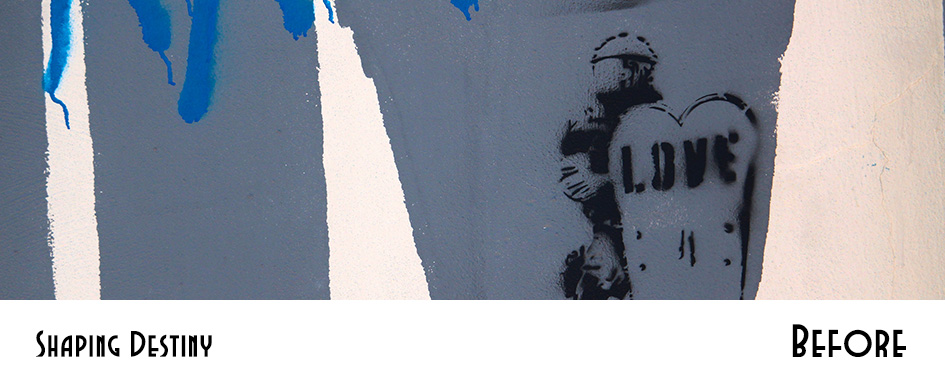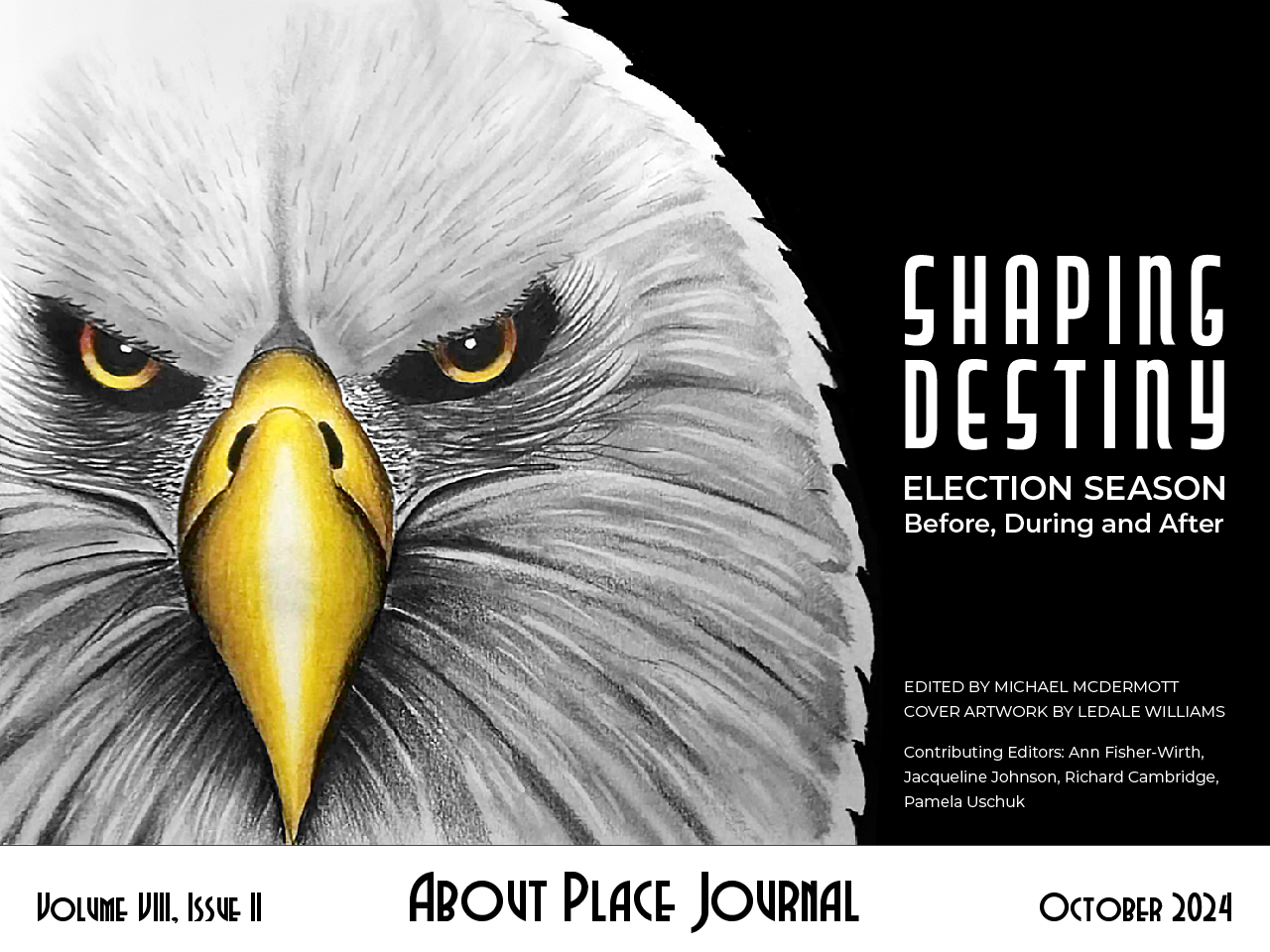I picked up Umberto Eco’s Inventing the Enemy,
a collection of his essays in an Italian-American
bookstore, which called itself “a Cultural Hub”
in Boston’s Italian-American section, where I
had breakfast with my wife; me: eggs over easy,
two bacon strips, wheat toast with jam, coffee;
my wife: eggs Benedict, half my bacon, coffee,
no toast, just a bite of mine (carbs, her enemy),
in a restaurant friends recommended, not easy
to find because everything is Italian-American
in Boston’s North End, or almost is, at least I
thought so, the bookstore as a “Cultural Hub”
advertised on its bookmarks, “a Cultural Hub.”
A register girl was drinking a Starbuck’s coffee
and was talking to my Italian-American wife. I
began Eco’s first essay, “Inventing the Enemy.”
My novelist friend, Ed Falco, Italian-American,
once asked if I knew New Orleans, The Big Easy,
was a mass lynching site of Italians. The Big Easy.
Italians. Largest in U.S. history. That cultural hub.
1891, height of anti-Italian immigration. Americans
didn’t like a trial verdict—over beignets and coffee
plotted revenge for killing police chief. The enemy?
Eleven Italians lynched, on March 14, 1891. No, I
didn’t know. When my daughter went to Loyola, I
loved mini-vacations with my wife in The Big Easy
like we were doing in Boston. In Inventing the Enemy,
Eco says outsiders become targets of “cultural hubs”
by the powerful to hold onto power. Sipping coffee
in the Café du Monde was where “real” Americans
planned lynchings, or, like El Paso’s “real American”
shooting twenty-two in Walmart, Trump’s invaders. I
didn’t know, I knew beignets and chicory in a coffee,
just as I didn’t know Eco. Inventing the enemy’s easy:
criticize Trump, you’ll see MAGA burning StubHub
tickets to NFL games—or Taylor Swift be the enemy.
Eco shows power uses “Americans,” in The Big Easy
or Boston’s North End where I was in a “cultural hub,”
and skin doesn’t have to be coffee-black to be the enemy.
In Boston, I went to the tomb of Cotton Mather
on an overcast day, so it was appropriate, I guess,
for visiting the cemetery, especially that cemetery,
which tourists like me visit mostly out of curiosity
because of the Death’s Head Crossbones carvings
and Grim Reapers on so many of those headstones.
You don’t see Grim Reapers today on headstones,
but this was just before COVID—Cotton Mather
on his iPhone would’ve texted one of the carvings
were he around as a reminder to us all, is my guess,
that Copps Hill Burying Ground may be a curiosity
but warnings are carved everywhere in the cemetery.
The morning I went to see his tomb in the cemetery
people were making wax rubbings of the headstones,
those Grim Reapers, Death’s Heads, other curiosities
like an Hour Glass with sand running out—Mather’s
tomb didn’t have any of that, so that’s why, I’d guess,
there was no one around—nothing to rub, no carving.
Mather felt Salem’s victims were witches; no carving
here for any of those poor souls not in this cemetery,
but if you believe in a vengeful God as he did, I guess
you’ll believe in broomsticks, witches, and headstones
with Death’s Heads and Grim Reapers, which Mather
believed was Divine vengeance and not just a curiosity.
But here’s something, which was why, out of curiosity,
I went to see Mather’s tomb, not a headstone carving:
Cutty skin, put drop of juice in—this African tells Mather.
His name was Onesimus: though not in this cemetery,
he was a present from Mather’s congregation (no stone
here), for rooting out witchcraft. Mather couldn’t guess
what his enslaved black was explaining—couldn’t guess
it was his inoculation scar as a kid, the strange curiosity
that cowpox pus could keep your name off a headstone
in Boston’s 1721 smallpox epidemic—not on a carving,
Cutty skin, put drop of juice in—he is not in this cemetery—
but a doctor is persuaded inoculation works by Mather.
COVID, George Floyd, Jan. 6th curiosities in a cemetery
in some future, carvings history will place on headstones,
many not wondering why it mattered or even try to guess.


